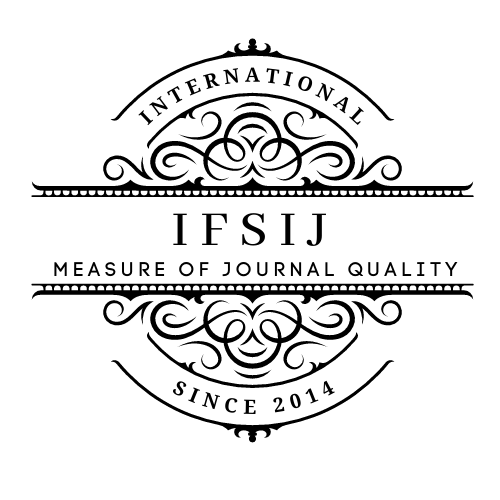EFFECTS OF ATMOSPHERIC POLLUTION ON CHILDREN'S HEALTH
Keywords:
Air pollution, atmospheric air, children's health, ecological and hygienic conditions, risk factors.Abstract
Atmospheric pollution is a major global problem with serious toxicological effects on human health and the environment. Vehicles and industrial processes are the major sources of air pollution. According to the World Health Organization, the six main air pollutants include ground-level ozone, carbon monoxide, sulfur oxides, nitrogen oxides, lead, and heavy and radioactive elements. Long-term and short-term exposure to toxic substances in the air has a variety of toxicological effects on humans, including respiratory and cardiovascular diseases, neuropsychiatric complications, eye diseases, skin diseases, and long-term chronic diseases such as cancer. Air pollution is a major environmental risk factor in the occurrence and development of certain diseases such as asthma, lung cancer, ventricular hypertrophy, Alzheimer's and Parkinson's diseases, psychological complications, autism, retinopathy, fetal growth and low birth weight.
Downloads
Published
How to Cite
Issue
Section
License

This work is licensed under a Creative Commons Attribution-NonCommercial-NoDerivatives 4.0 International License.















